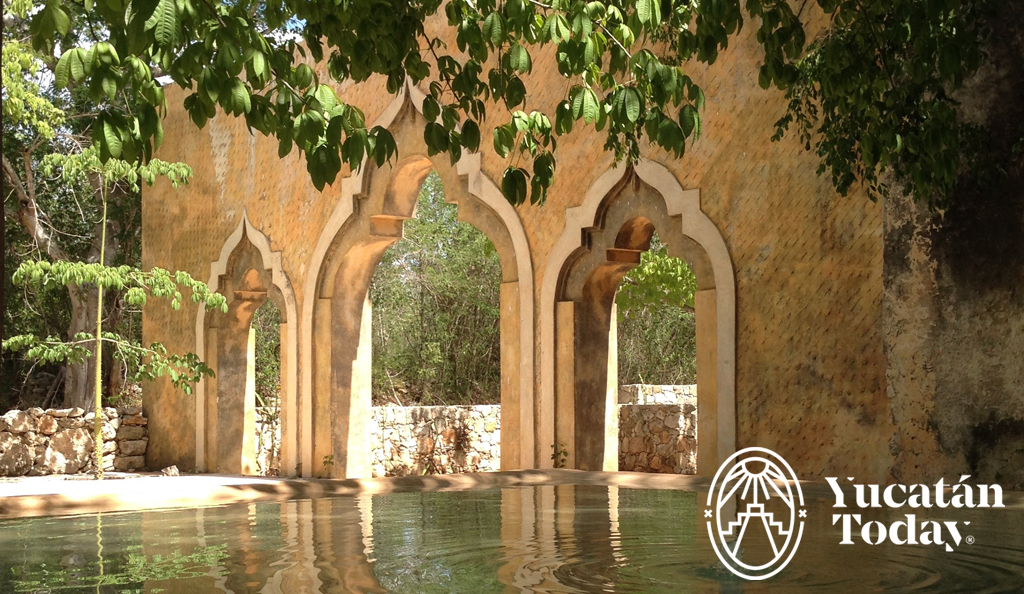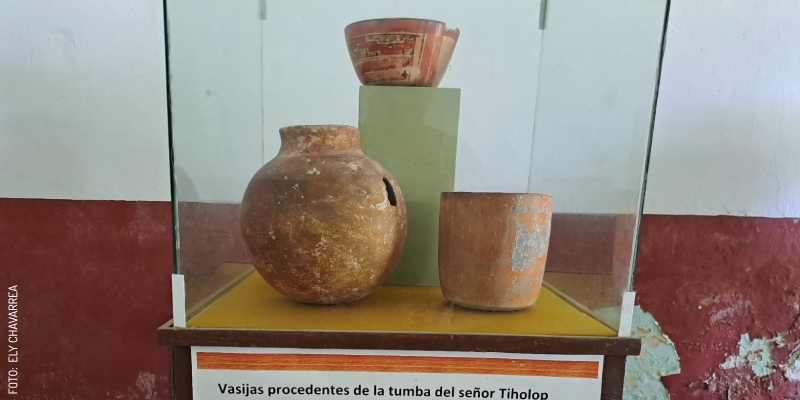
Community Museums in Yucatán
Community museums are worlds apart from the museums we typically see in cities. When we talk about a "community museum," it's precisely because its administration and planning come from local residents around them.
They arise from community initiatives and are spaces that people have chosen and designated for use as a museum. Yucatán's community museums aim to be spaces of unity and social solidarity, seeking to promote respect for the identity of the people: places that represent the community and reflect the individuals who compose it.
What will you find in a community museum?
In a community museum, you can find various themes according to what the community has chosen. Each one exhibits and conveys what it wants to; the history it wants to tell, which also depends on the pieces contributed, borrowed, or given on loan for display. In our state's community museums, you’ll find artifacts with historical, anthropological, ethnographic, and archaeological characteristics, to name a few.
It’s essential to emphasize that many of these museums were not necessarily created with tourism in mind, but as a meeting space for the community where young people can have a reference for the actions of some community members, and vice versa: where adults can learn about what the youth are doing. Thus, they promote not only understanding and appreciation of the heritage of each community but also define what their heritage includes.
Community museums lack large spaces, permanent staff, and the necessary resources for employee salaries. Maintaining fixed schedules to accommodate sporadic visitors is challenging because their limited income and support from the municipalities where they are located barely cover their expenses. It’s worth noting that due to these challenges, museums may temporarily close without prior notice.
The Twelve Community Museums of Yucatán
In Yucatán, 12 community museums are part of the Coordination of Community Museums of the Secretary of Culture and the Arts (SEDECULTA), distributed across nine municipalities:
- In Tizimín, the Chukwa’ Community Museum, located in the sub-municipality of San Manuel, Km 11.
- In Calotmul, the U Yuchben Tsíikbalil Community Museum, in the sub-municipality of Tahcabo.
- In Teabo, the Kaan Pepén Community Museum.
- In Yotholin, Ticul, the Ya’ax Nic Community Museum.
- In Izamal, the Itzmal Kauil Community Museum.
- In the sub-municipality of Pisté, in Tinum, the Ex Chapel of the Immaculate Conception.
Two in the municipality of Yaxcabá:
- The "Jacinto Canek" Community Museum in the sub-municipality of Tiholop.
- The Yaxunah Community Cultural Center.
Two in the municipality of Valladolid:
- The Xpeten Aak’ Community Museum in the sub-municipality of Yaxché.
- The K’aajsaj Community Center in the sub-municipality of Xocen.
And finally, two in Mérida:
- In Dzityá, the Púusikal Ché Community Museum.
- In Mérida, the Commemorative Museum of Korean Immigration to Yucatán.
Today, we will introduce you to one of them: the "Jacinto Canek" Community Museum in Tiholop, a sub-municipality of Yaxcabá.
The Community Museum of Tiholop, Yucatán
The “Jacinto Canek” community museum was inaugurated in 2018, and initiated by the local population with the support of teachers and researchers from Universidad del Oriente (Valladolid). Among the items you can find in this museum are both pre-Hispanic and colonial artifacts, including polychrome vessels, iron plates, a human skeleton representing basket burials, some objects used for burials in family courtyards, a 1961 banner from the farmers' guild (Gremio), dental pieces, and everyday objects from the community. The pieces preserved in this museum for display come from donations made by the residents of Tiholop, as many of the items were found in the backyards of their homes.
Tiholop is located 91 miles from Mérida. Starting from Mérida, on the toll-free road to Cancún, upon reaching Libre Unión, turn right until you reach Yaxcabá and then head to the community of Tiholop. The museum is in the downtown area; you can call ahead to ensure it is open, but if you find it closed, you can ask for Mr. Marcelo or Rudy Alcocer, who will gladly welcome you to the museum.
The journey to Tiholop is enjoyable, as it is a less-traveled road, allowing you to admire nature. Another piece of advice is to go without haste; engage in conversation with your hosts in the museum and take the opportunity to learn about the activities they and some other community members are involved in. The most important thing when visiting a community museum is always to consider that it reflects the community's identity; remember to be respectful!

Museo Comunitario Jacinto Canek, Tiholop, Yucatán
Tel. 985 121 2259 y 999 738 4886
FB: Museo Comunitario "Jacinto Canek", Tiholop, Yucatán
Photography by Ely Chavarrea for its use in Yucatán Today.
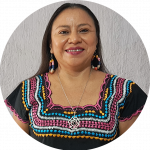
Author: Ely Chavarrea
Maya woman, mother, daughter, Maya migrant to the city; anthropologist, writer, poet, activist for the Maya language, cultural promoter, lover of flowers.
Receive the latest articles and much more from the best of Yucatán in your email!
Related articles
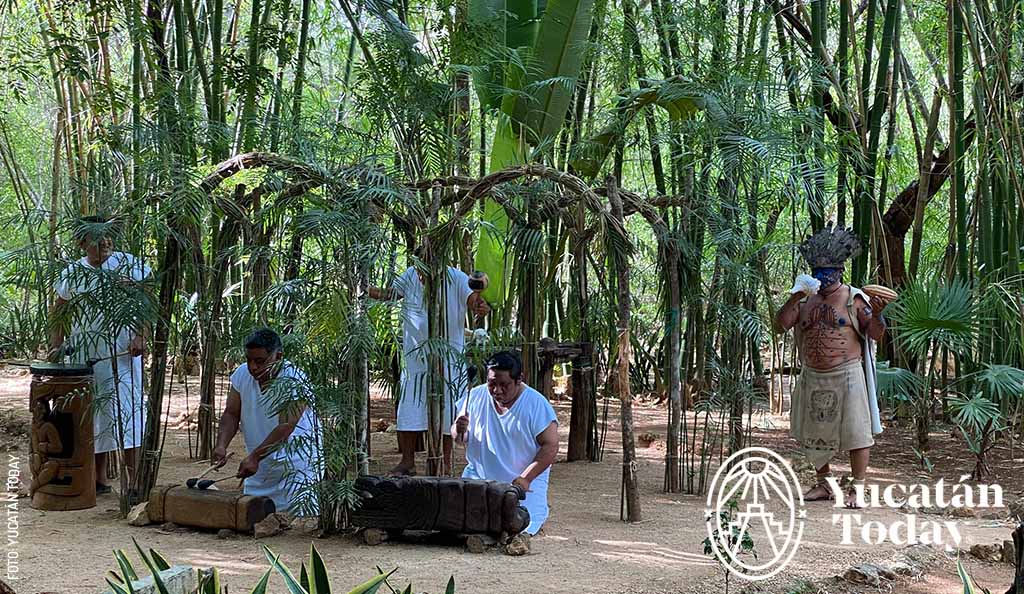
Choco-Story Uxmal, an Interactive Museum
Explore Choco-Story Uxmal, a fascinating interactive museum showcasing the history of cacao in Mexico.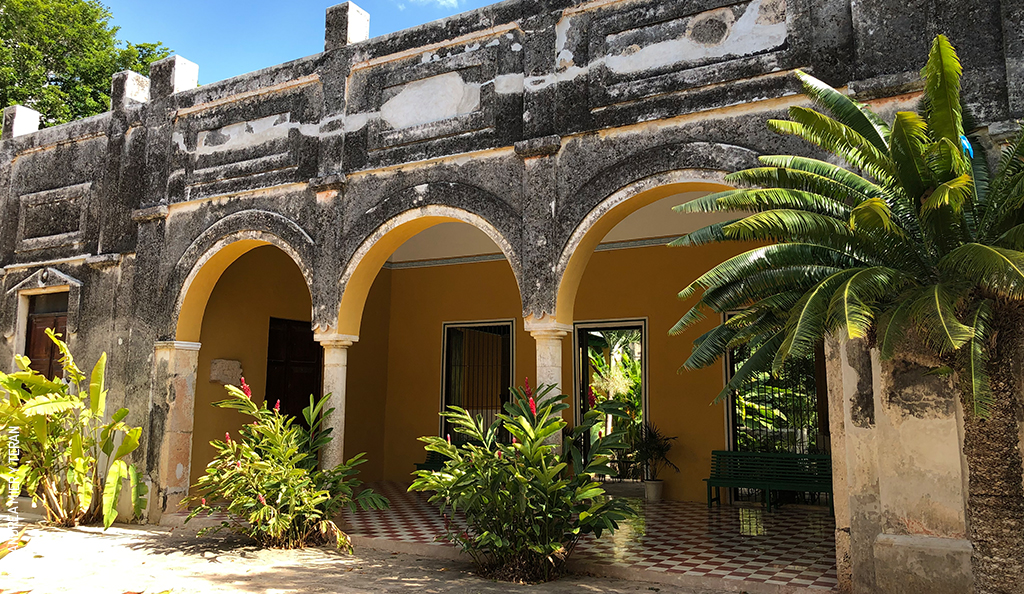
Hacienda Yaxcopoil, Frozen in Time
Hacienda Yaxcopoil: Step back into Yucatán's colonial past. Explore the museum, henequen history, Maya ruins, and unique event venue near Uxmal.